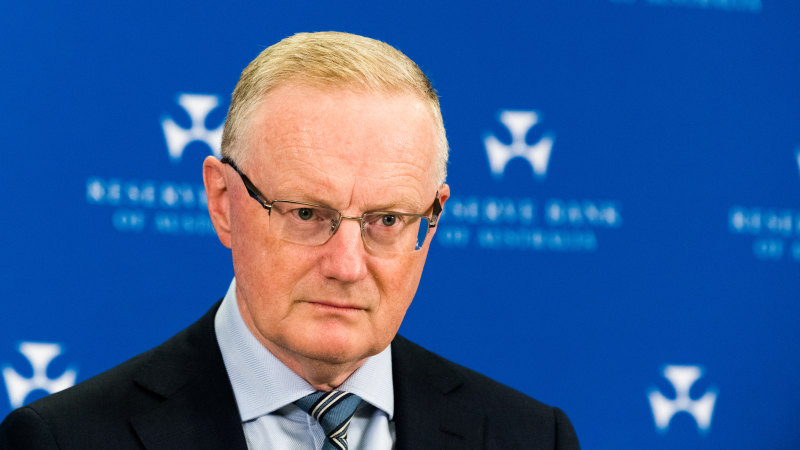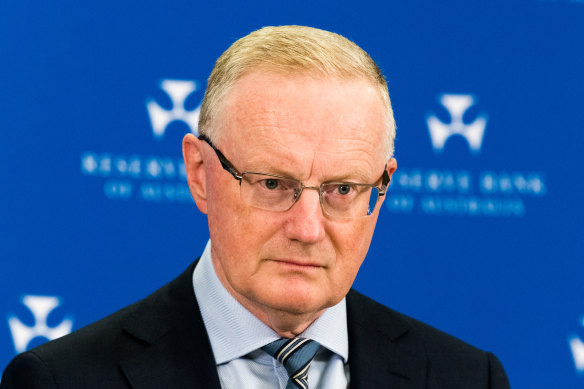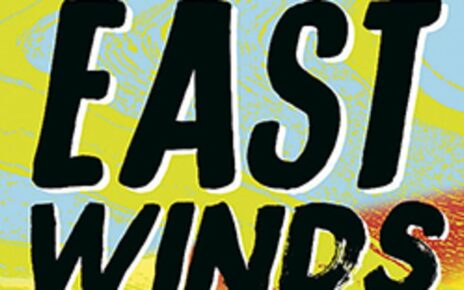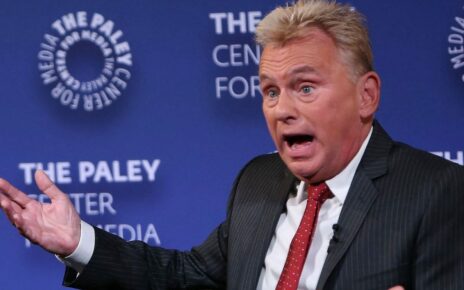Save articles for later
Add articles to your saved list and come back to them any time.
The Reserve Bank board has lifted the official cash rate from 3.6 per cent to 3.85 per cent in a surprise move just a week out from the federal budget, amid signs households are continuing to feel cost-of-living pressures.
Financial markets had said there was a 100 per cent chance of the RBA holding the cash rate steady, and most economists also believed the bank would pause. The Australian share market plunged after the rates decision, with the S&P/ASX 200 down or 0.7 per cent just after 2.30pm.
Reserve Bank governor Philip Lowe.Credit: James Brickwood
The increase in the cash rate – now at its highest level in 11 years – comes a year after the central bank started raising it from the historic low of 0.1 per cent in a bid to tackle inflation.
Reserve Bank governor Philip Lowe said inflation, at 7 per cent, was still too high and would take some time to come back down to the bank’s target range of 2-3 per cent.
“The board’s priority remains to return inflation to target. High inflation makes life difficult for people and damages the functioning of the economy,” he said.
“Given the importance of returning inflation to target within a reasonable timeframe, the board judged that a further increase in interest rates was warranted today.”
The move will add almost $100 a month to the repayments on a $600,000 mortgage. The cumulative increase on repayments since the bank started lifting rates would then be more than $1300 a month.
Lowe says the bank board held interest rates steady last month to give themselves more time to analyse the state of the economy, and the latest data convinced the board this month to lift the cash rate by 0.25 percentage points.
While inflation has declined from its December peak of 7.8 per cent, Lowe said inflation for services was still very high and potentially still rising. The jobs market also remains tight, with figures from last week showing the unemployment rate remained at the near 50-year low of 3.5 per cent, and many businesses were still struggling to hire workers.
Wages growth has also picked up, and Lowe said while it was in line with the bank’s inflation target range, the board remains alert to the risk of continued high inflation contributing to larger increases in wages and prices.
“The board is still seeking to keep the economy on an even keel as inflation returns to the 2–3 per cent target range, but the path to achieving a soft landing remains a narrow one,” he said.
Lowe also signalled the RBA expects the economy to slow more than expected. He said GDP is now forecast to expand by 1.25 per cent this year. In its February forecasts, the bank expected economic growth of 1.6 per cent through 2023.
Unemployment is expected to be around 4.5 per cent by the middle of 2025. It is currently 3.5 per cent. The Reserve Bank will on Friday release its latest quarterly economic forecasts.
“Some further tightening of monetary policy may be required to ensure that inflation returns to target in a reasonable timeframe, but that will depend upon how the economy and inflation evolve,” Lowe said.
“The board will continue to pay close attention to developments in the global economy, trends in household spending and the outlook for inflation and the labour market. The board remains resolute in its determination to return inflation to target and will do what is necessary to achieve that.”
More to come
Cut through the noise of federal politics with news, views and expert analysis from Jacqueline Maley. Subscribers can sign up to our weekly Inside Politics newsletter here.
Most Viewed in Politics
From our partners
Source: Read Full Article




